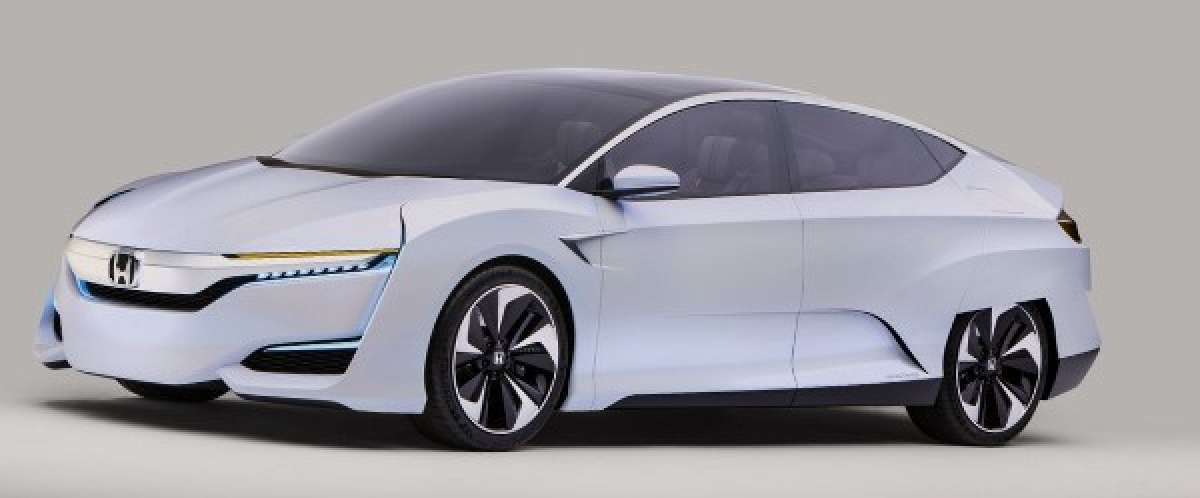It’s nothing short of magic: The hydrogen fuel cell in Honda’s latest generation FCV is no larger than a professional grade office copy machine. Yet it can generate enough electricity to power a 5 passenger car 300 miles on a tank of compressed hydrogen gas. Toyota has similar claims with the idle FCV powering your home for a week while at rest in the garage.
One third the size and 60% more energy efficient than the fuel stack of a decade past, Honda,and other makers are ready to produce arguably the most exciting development in personal transportation since the advent of the internal combustion engine.
Why we believe mainstream FCV acceptance remains years in the future.
Inexpensive gasoline: We believe that hydrogen fuel cell electric vehicles(FCEV) remain a viable answer as to zero emissions and low to no environmental impact personal transportation. Yet, in view of near historic low gasoline prices we predict that consumers will default to low emissions,high fuel efficient internal combustion engined cars and light trucks.
Initial purchase price: In speaking with Toyota at the Los Angeles Auto Show, we were informed that their fuel cell vehicle will be released before Honda’s. The estimated base price for the Toyota Mairi (yet unnamed for California market) remains unknown; as is the final production date and availability.Industry insiders point to an MSRP of $50,000. We don’t believe this to be a viable retail sales or lease price tag for this very limited production compliance car.
Read about 2013 Honda FCEV Here.
Fueling infrastructure: To date there are 10 known public compressed hydrogen fueling stations in the United States; 9 are located in Southern California; one, at the Honda campus in Torrance. In 2014 California’s Governor Jerry Brown pledged $100 million in matching funds for the expansion of California’s compressed nitrogen fueling station network. We haven't seen much forward momentum on the initiative.
Brown’s goal is an additional 100 stations throughout the Golden State. However, Brown’s program is long-term with a completion date 10 years down the road.
Fuel Cell technology: Decades in development and testing.
Fuel Cell Electric cars have driven the roads of California for the better part of two decades. The problem is fueling infrastructure. Honda’s taking its own initiative by investing $14,000,000 with “First Element Fuel” for the expansion of compressed nitrogen fueling stations throughout California.
While Honda claims a much faster refuel time than quick charge EV or conventional gasoline, without an extended refueling network,FCV everyday-driver viability remains years in the future.
A shift in Eco-consciousness: We, as Honda, believe that the future of hydrogen fuel cell generated electric vehicle personal and commercial transportation is a viable one. However, we predict that high production FCV vehicles remain decades or more in the future.
As internal combustion engine, gasoline, electric hybrid and plug in EV drop in initial purchase price, improve in fuel economy and reach near zero emission standards, FCV production and sales will be sidelined by low to no demand and cheap gasoline.
Measurable FCV development and sales will largely depend on a shift in collective Eco-consciousness, and a source other than fossil fuels to derive Nitrogen from





